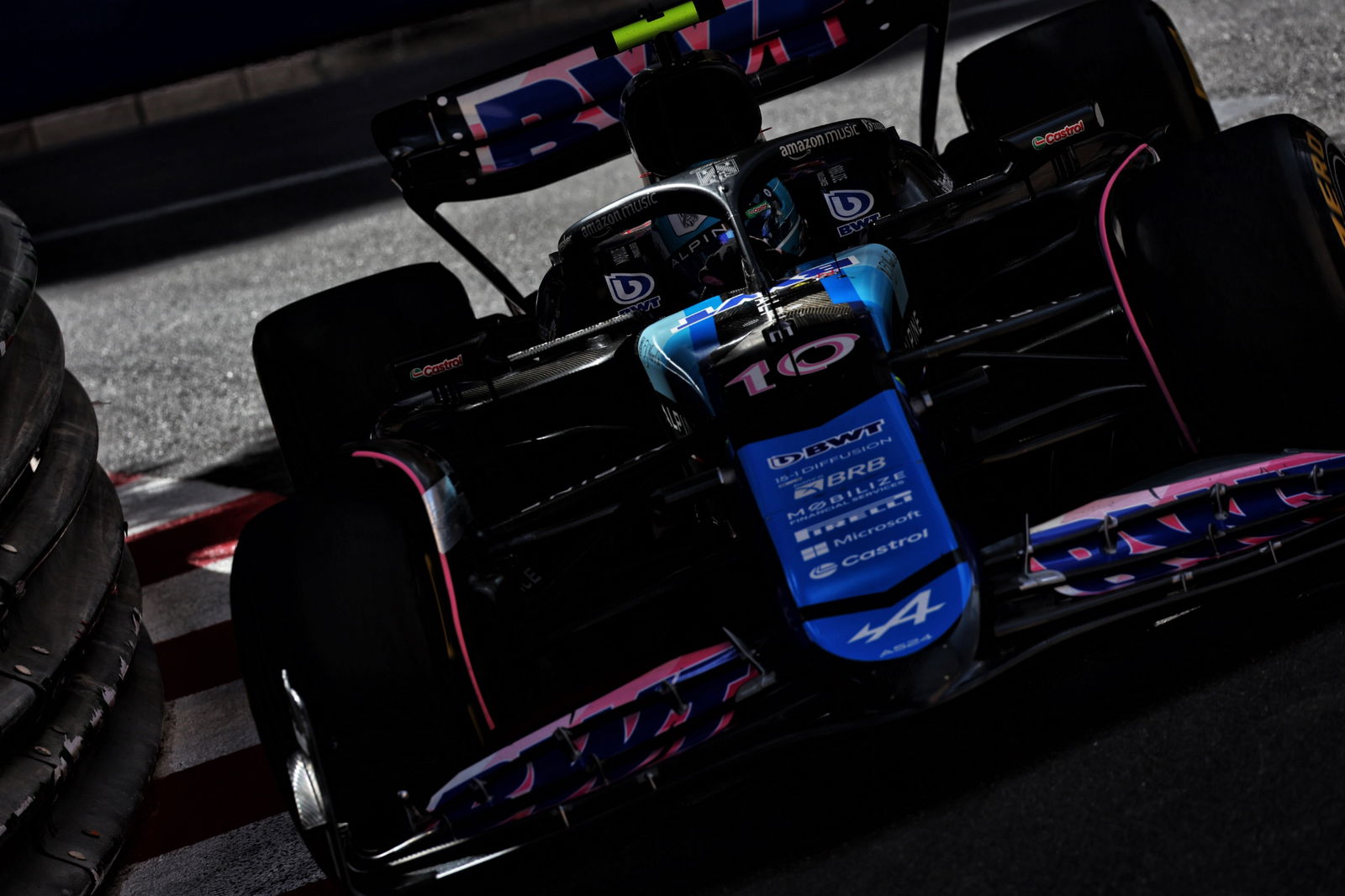F1 2026 regulations: Explaining changes to aero, chassis and engine rules
A detailed look at the 2026 F1 regulations

F1's new era in 2026 is taking shape with a number of significant changes to the aerodynamic, chassis and engines.
The new regulations are centred around making the new cars more “nimble” while making them better in wheel-to-wheel combat.
The changes on the engine side of the rules have attracted a number of manufacturers.
Mercedes and Ferrari remain in the sport, while Red Bull are building their own power unit for the first time in collaboration with Ford.
Renault will also continue to race in F1 via their Alpine brand, but will abandon their long-running engine programme to become a Mercedes customer.
Honda are making their return with Aston Martin, while Audi are coming in as fully-fledged manufacturers, taking over the Sauber outfit.
Cadillac join as the 11th team on the grid with customer Ferrari engines, but will have their own in-house engine programme before the end of the decade.
Here’s a run down of the key rules for 2026...
Power unit
The major change on the power unit side comes with a 300 per cent increase in electrical power coming from the battery alone. The power unit has also been simplified with the removal of the MGU-H and aforementioned expansion of electrical power.
They will be run on 100 per cent sustainable fuels.
Other key changes include:
- Amount of energy recuperated during braking has been doubled to 8.5mj per lap.
- Addition of a ‘Manual Override Mode’ to help improve overtaking opportunities.
Chassis
As previously mentioned, the FIA’s technical group have focused on making the cars more nimble.
This means the following changes have been made for 2026:
- The wheelbase drops from a maximum of 3600mm to 3400mm, while the width has been reduced from 2000mm to 1900mm. The maximum floor width will be reduced by 150mm.
- Weight reduced by 30kg. A minimum weight of 768kg in total.
- Downforce has been reduced by 30 per cent; drag by 55 per cent.
- 18-inch wheels remain. Width of the front tyres reduced by 25mm; rears by 30mm.
Aerodynamics
Active aerodynamics makes a return to F1 with a new system in place which looks to replace DRS and thus improve wheel-to-wheel racing.
In essence, drivers will be able to adjust their front and wear wings to potentially maximise straight-line speed by switching to ‘X-Mode’. ‘Z-Mode’ will be deployed through corners.
Other changes include:
- A three-element active rear wing, with the lower beam wing removed, while the end plates have been simplified.
- The front wing is made 100 mm narrower than the current generation.
- Front wheel arches will be removed and some of the wheel bodywork mandated.
- A return to a partial flat floor and lower-powered diffuser. This will reduce ground effect.
Safety
Unsurprisingly, the FIA’s pursuit of improving safety standards hasn’t stopped.
Significant changes are being made to front impact regulations with the introduction of a two-stage structure.
Other safety advancements noted by the FIA are:
- Side intrusion protection has also been increased to give better protection of the side fuel cells.
- Further adjustments cover roll hool loads being upped from 16G to 20G.
- Rear wing endplate lights will be homologated and significantly more visible.
- GPS antenna repositioned to improve sensitivity and more scope to improve safety


